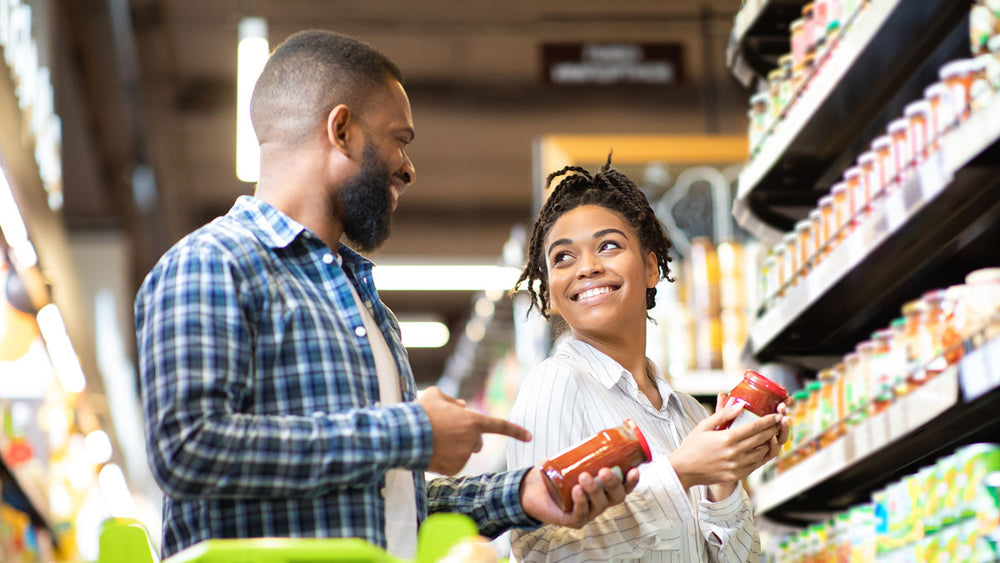Have you ever taken the time to think about how you make food decisions?
The six major factors that influence food decisions include biological, physical, social, physiological, economic factors and attitudes, beliefs & knowledge about food. I could talk about these all day, but instead have chosen to write about each factor at a time since they all play an important role in how we can change our dietary patterns both individually and for population health. This article will focus on some of the biological factors that influence food decisions.
Let’s start off with Biological Factors- such as hunger & appetite.
Babies usually don’t come out of the womb with a full set of language skills, so if they are hungry they usually let their caregivers know by giving a little cry. And when they are full (satiated) they turn their heads or stop feeding.
Not only do hunger & satiety play a role in how often and how much you eat, the types of food you eat also help with these biological signals happening in your body.
Another biological factor that most of you consider when making food decisions is TASTE.
Generally, people want their eating experiences to be pleasurable. You want your food to taste good, smell good & look good. In fact, your senses do a lot of the work when you make food decisions.
And when it comes to taste- taste is all of your sensory experiences coming together in the food ingestion experience. Your sense of taste is genetic- it is built into your genes. These begin to develop within the first 6 months of birth and play a role in food preference development.
When we are born, we have a biological predisposition to like things that taste sweet and generally dismiss bitter and sour tastes. It has been thought that people have these predispositions to prefer sweet and reject bitter through human adaptation where bitterness may have been associated with the potential for poisons, whereas sweet tasting items are universally liked.
What are learned experiences, however, are recognizing smells and the conditioning of food preferences. Sometimes we can get “turned off” from a food by having an adverse reaction to it- for example: an illness such as food poisoning.
Personally, I had a boyfriend who tried to kiss me after eating a bag of Doritos in high school and I couldn’t eat them for years after that experience (it really grossed me out, but I am also super sensitive to smells).
We know that children need repeated exposure to new foods (10-16 times) in order to develop a preference for these foods and this is likely a biological safety mechanism. If a child spits out a spoonful of peas after trying it once or if a caregiver says “yucky” or doesn’t keep trying the food, the chances are the child is not provided an adequate chance to accept the food.
Now, according to research, the “fear of new foods” (aka- neophobia) may have a genetic component. One of the best ways to combat this is to continue to introduce repeated food exposures not only in childhood, but into adulthood as well.
Stay tuned for more about factors that influence food decisions- including social factors- in the near future!



















Comments
Join The Conversation...